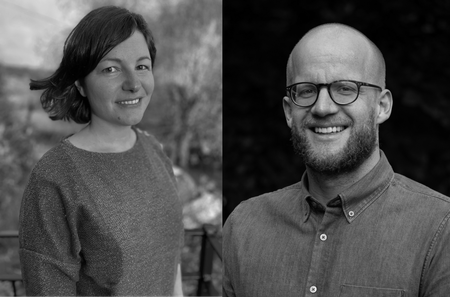Convenor: Pauline Provini

Pauline Provini is a permanent researcher at the National Museum of Natural History (MNHN) in Paris, France. Her research, which combines 3D kinematics and shape analysis in a phylogenetic context, aims to gain insight into the evolution of vertebrate form and function. She is particularly interested in the functional morphology of avian locomotion and song. During her PhD, she emphasised the prominent role of the legs in the evolution of avian flight and locomotion in general. She continued her research on avian locomotion as a postdoctoral fellow at the Universidade de São Paulo, Brazil, where she studied the anatomy of avian hind limbs to better understand the evolution of hopping and walking locomotion. In 2020, she was awarded a long-term fellowship from the Centre for Research and Interdisciplinarity in Paris, France, to develop her team. Her group, currently based at the MNHN, is investigating the biomechanics of birdsong and complex communication, one of the amazing abilities we share with birds.
Deputy Convenor: David Labonte
David is a Reader in the Department of Bioengineering, Imperial College London. In his research, David combines his two main passions: his love for animals, and his admiration for physics. Together with his group, he investigates the influence of mechanical constraints on the performance, behaviour and evolution of arthropods (and sometimes larger animals or even plants!). Every day, David is deeply grateful that he has a job in which he can follow his interest, and that he gets to work with and learn from the passionate members of his research group
Group description
Biomechanics is the study of mechanical principles in biological systems, ranging from the molecular to the organismal level, and beyond, including interactions with the environment. As such, the Biomechanics Group of the SEB brings together scientists from a wide variety of disciplines, including zoologists, botanists, molecular biologists, physiologists, kinesiologists, mathematicians, engineers, biomimeticists and computer scientists.
The SEB Annual Conference includes 3 to 4 days of Biomechanics presentations. We have an Open Biomechanics session, spanning several days, that consists of talks and posters on the application of biomechanics to any topic, including swimming, flying, terrestrial locomotion, feeding, functional morphology, muscle-tendon mechanics, damage and repair of materials, in animals and plants. We also run special topic sessions, of which rece
